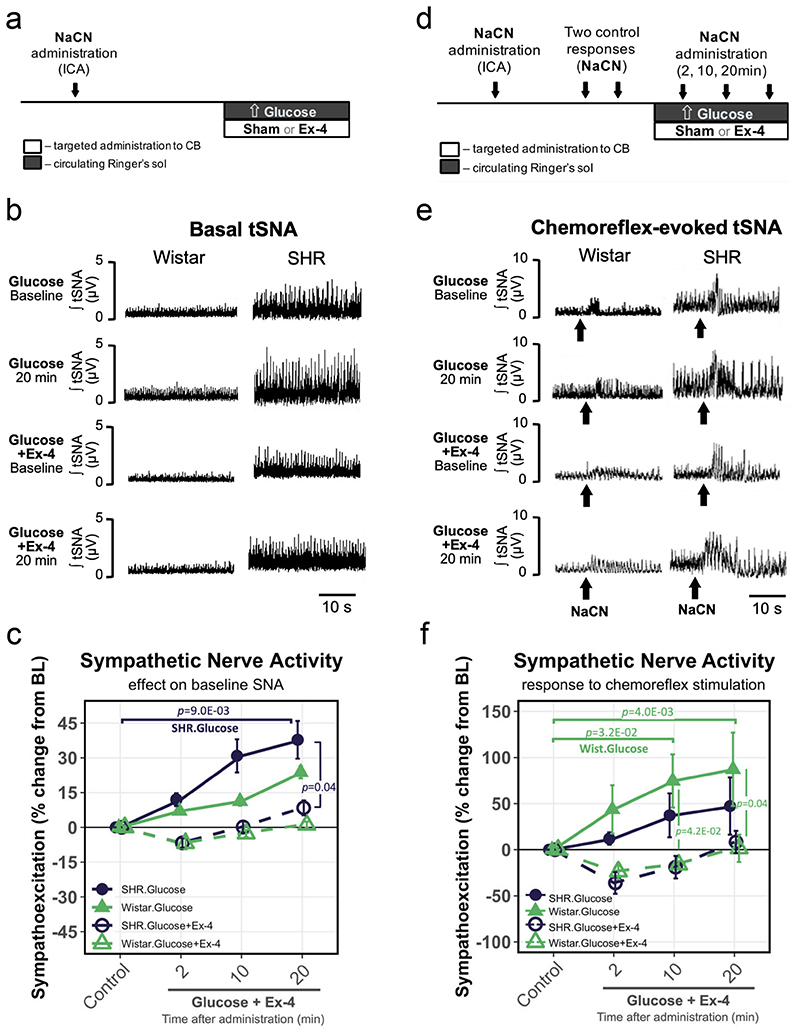Figure 5. Activation of carotid body GLP1 receptors eliminates glucose-evoked sympathetic sensitisation.
(a) Experimental protocol for testing high-glucose and Ex-4 effects on basal tSNA. Glucose concentration was increased in circulating Ringer’s solution from 10 to 30 mmol L-1 while simultaneously administering either sham or Ex-4 to the CB as shown in Figure 3b.
(b) Representative traces of Exendin-4 effect on basal tSNA at baseline and 20 minutes following hyperglycemic stimulus in Wistar and SH rats.
(c) Changes in basal tSNA in response to hyperglycemic stimulus with and without Exendin-4. High-glucose alone resulted in peripheral chemosensory sensitisation that was normalised by Ex-4 administration to the CB. Wistar n=4; SHR n=5.
(d) Experimental protocol for testing high-glucose and Ex-4 effects on chemoreflex-evoked tSNA. After two control responses to NaCN, hyperglycemic stimulus and Ex-4 was administered simultaneously as detailed in a.
(e) Representative traces of Exendin-4 effect on chemoreflex-evoked tSNA at baseline and 20 minutes following hyperglycemic stimulus in Wistar and SH rats. Arrows indicate NaCN bolus.
(f) Changes in chemoreflex-evoked tSNA in response to hyperglycemic stimulus with and without Exendin-4. High-glucose induced peripheral chemoreflex sensitisation was normalised by Ex-4. n=4.
Representative traces shown in (b) and (e) were selected to best match the average values across all animals in each group as shown in (c) and (f), respectively. Non-parametric Friedman test (within-group) and the Kruskal-Wallis test (between-group), Dunn’s post-hoc test (Bonferroni correction). Mean ± SEM.

